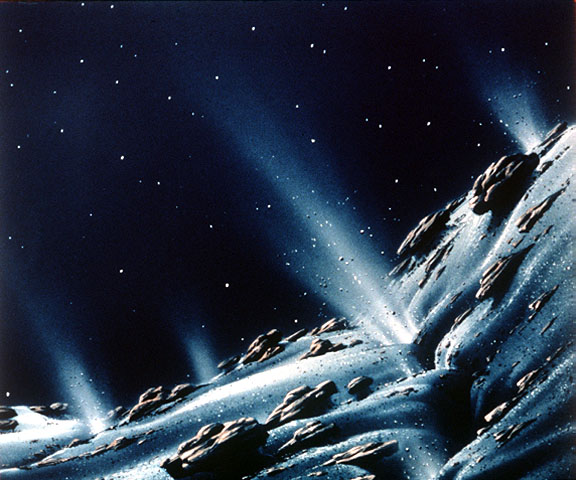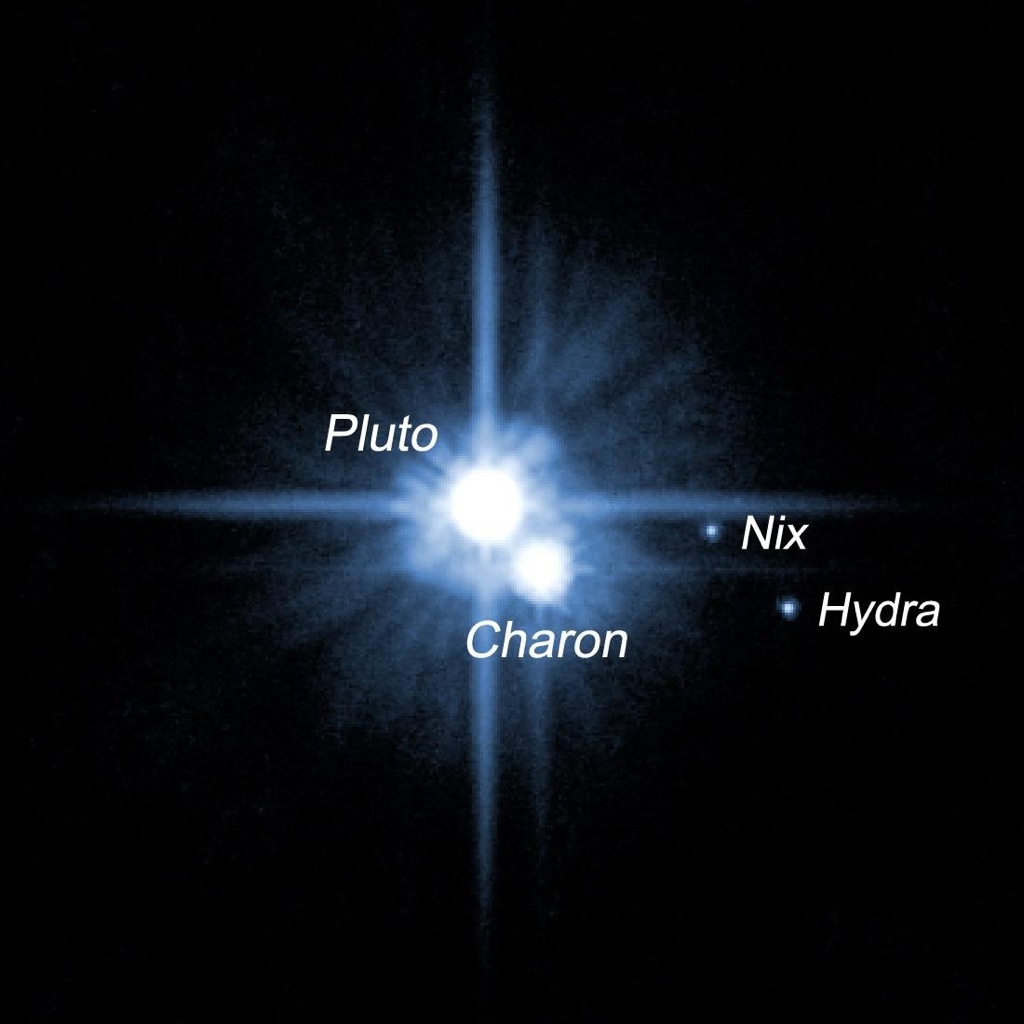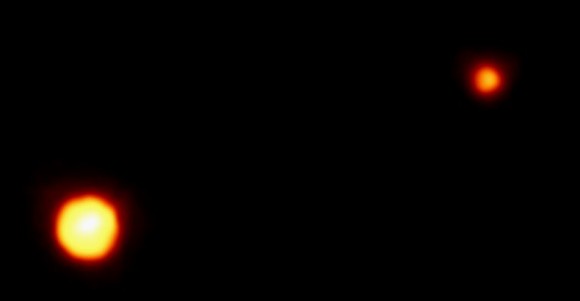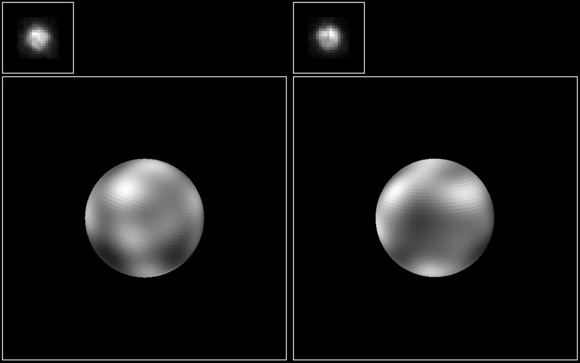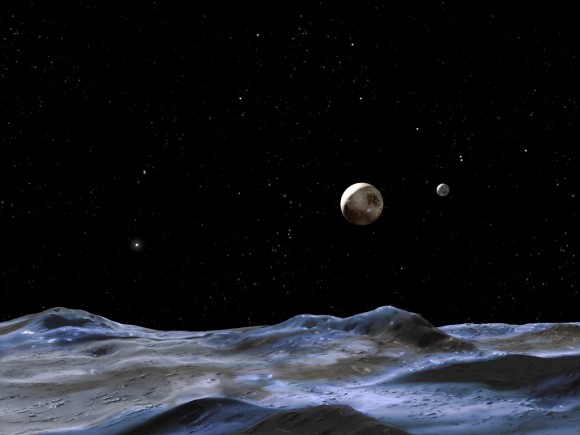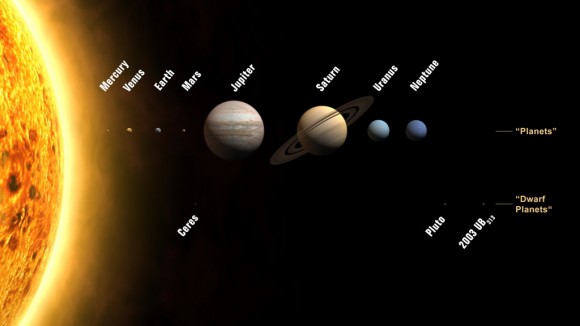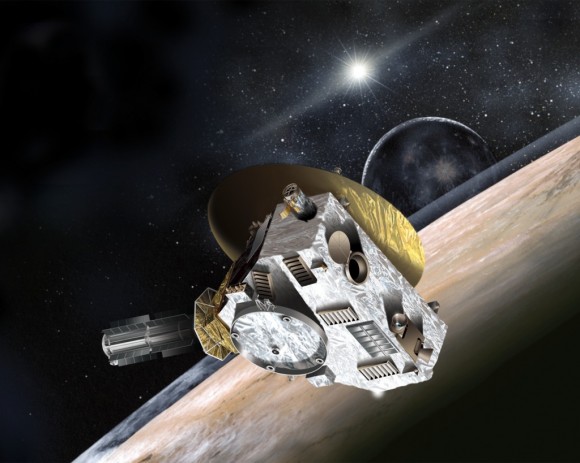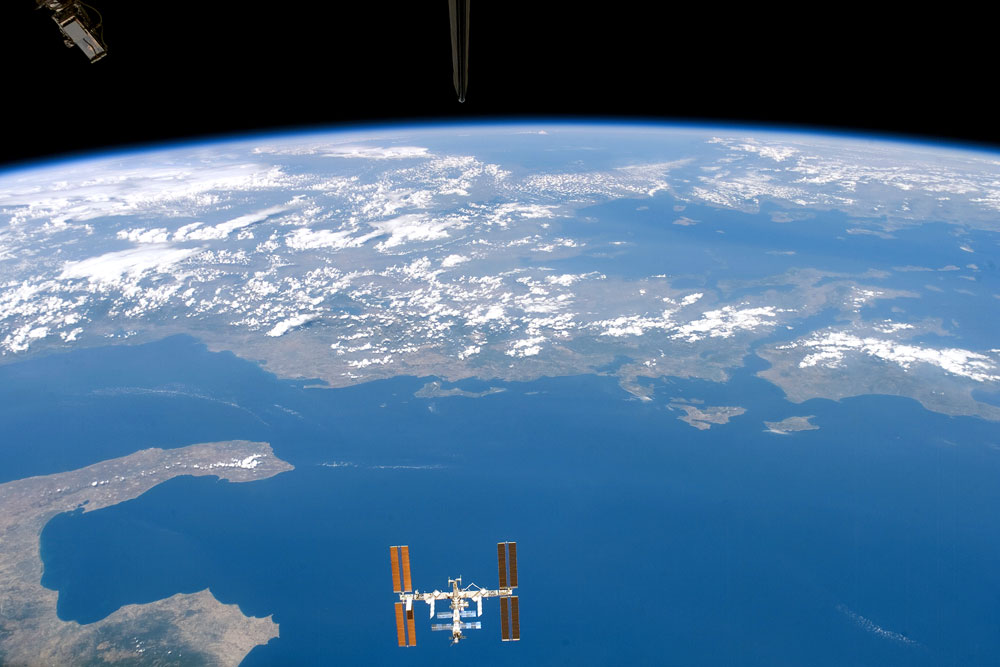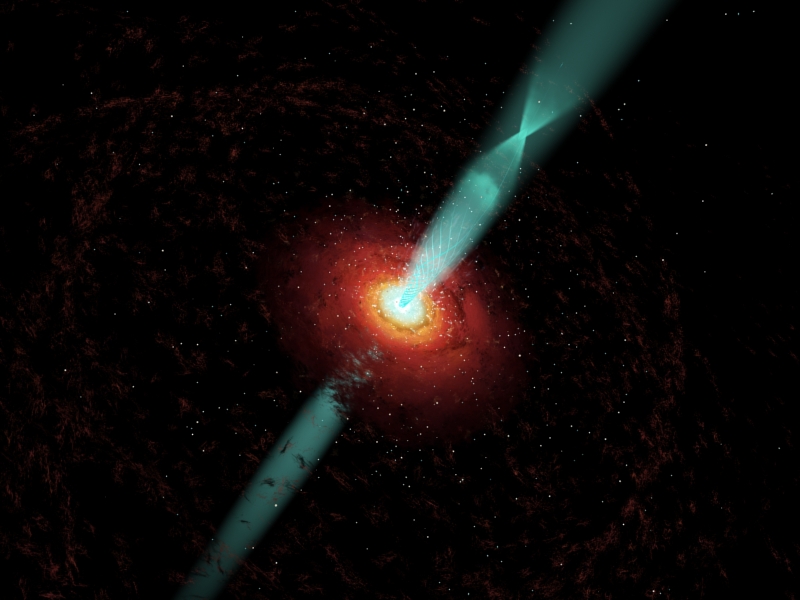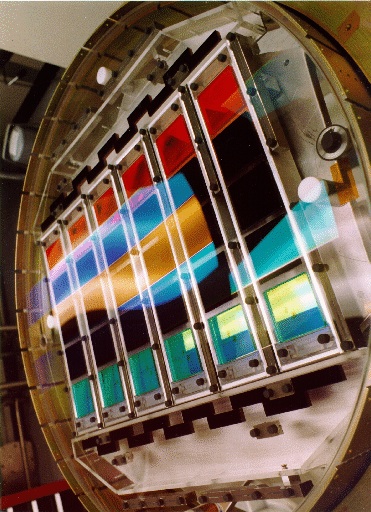Yes, that’s right, Pluto does have an atmosphere. Well, the Pluto atmosphere is not the ocean of air we have here on Earth, but Pluto’s thin envelope of gases do surround the dwarf planet for part of its orbit around the Sun.
You can also look through these books from Amazon.com if you want more information about Pluto.
It’s important to understand that the orbit of Pluto is very elliptical, bringing it closer and then more distant at various points of its orbit. At the closest point, the surface of solid nitrogen heats up enough that it sublimates – changes directly from a solid to a gas.
These clouds of nitrogen surround Pluto, but it doesn’t have enough gravity to keep them together, so they can escape out into space.
And then, as Pluto gets further from the Sun again, it cools down, and the atmosphere freezes and solidifies back down on the surface of Pluto.
In 1988, astronomers discovered that Pluto has an atmosphere by watching how it passed in front of a more distant star – called a planetary transit. Instead of dimming the moment it went behind Pluto, the star was first obscured by the atmosphere, so that astronomers could measure its thickness and composition.
It currently has 3μbar on the surface and its height extends 60 km above the surface.
More precise observations were done in 2002, when astronomers were surprised to find that Pluto’s atmosphere had actually thickened since it had first been discovered. Astronomers think this is a seasonal phenomenon. The nitrogen on Pluto’s surface was exposed to sunlight following a 120-year winter. The nitrogen became a gas, but it took time to get going as an atmosphere.
As Pluto is now traveling away from the Sun, the Pluto atmosphere won’t last long. Astronomers think it will begin to disappear by 2015. This is one of the big reasons NASA sent its New Horizons spacecraft – to study Pluto’s atmosphere before it’s gone for good.

